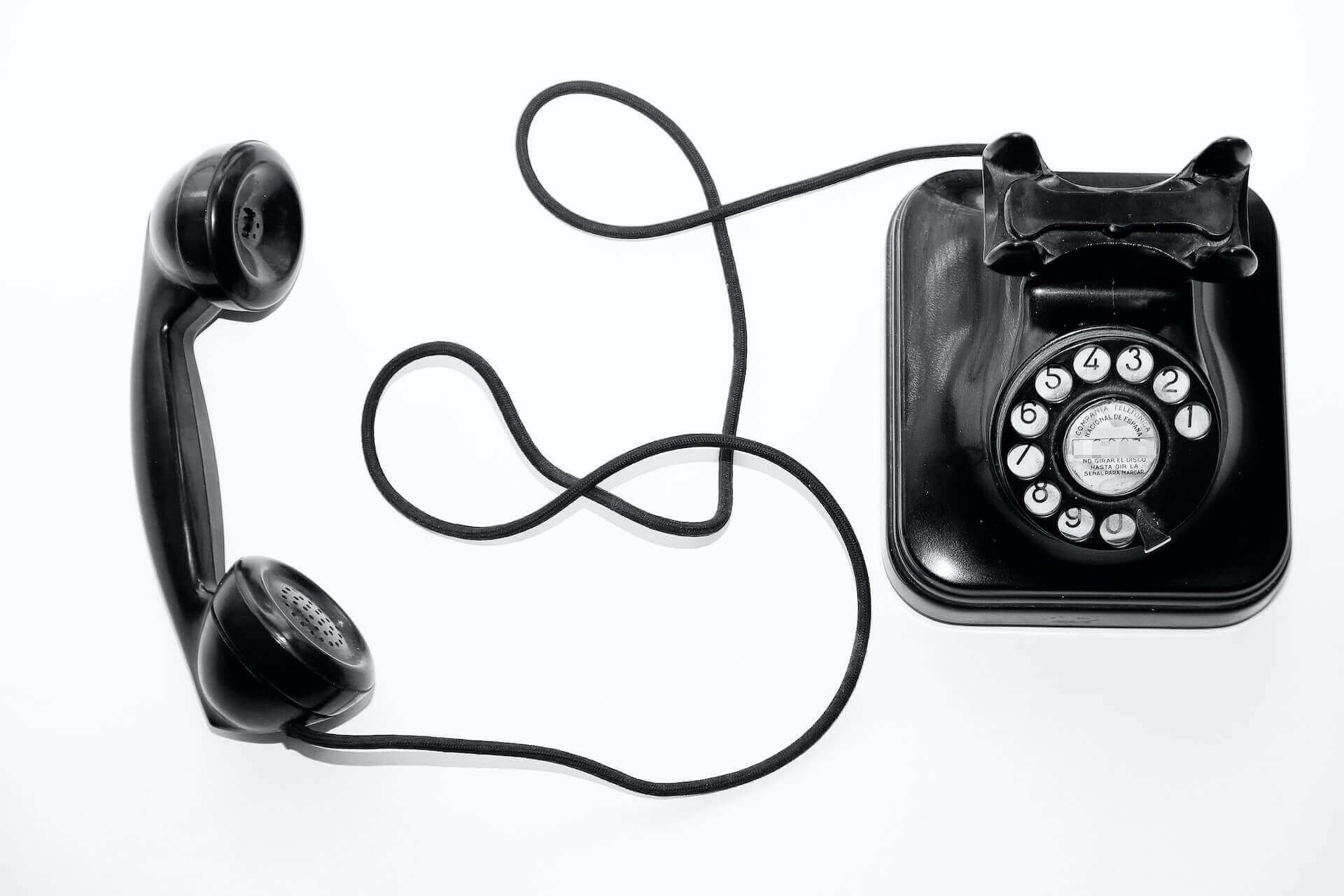Get a Free WorkTrek Demo
Let's show you how WorkTrek can help you optimize your maintenance operation.
Try for freeAn SOP describes a procedure and tells an operator how to perform it. SOPs are useful in most work environments but are essential for organizations whose operations are process-driven, such as life sciences companies and manufacturing companies—SOPs, along with staff training, transfer expertise from one department to another. In a medical device company, for example, scientists in research and development pass on their knowledge of a product they have designed to the manufacturing department, thanks to SOPs. Standard Operating Procedures (SOPs) for warehousing apply to certain tasks and the use of specialized machinery or new equipment.
Free Warehouse Standard Operating Procedure Template
Download the Warehouse Standard Operating Procedure Template
Manufacturers that operate internationally also rely on SOPs to standardize processes across their factories. For example, a Japanese car manufacturer will train its staff in the United States on key manufacturing processes and then use SOPs to ensure that every car the company sells is of the expected quality, regardless of location.
The uses of SOPs by organizations are diverse:
- Ensure process consistency and reproducibility
- Facilitate training by giving trainees a point of reference
- Make it easier to cross-train employees on tasks they don’t usually do
- Reduce security risks and other hazards by specifying how to avoid and prevent them
- Have a basis for process evaluation and improvement
- Comply with regulations and/or quality standards
Types of the SOP
The formats of SOPs are as varied as the operational activities. An SOP can be in the form of a checklist, flowchart (or any other graphic), hierarchical steps, or annotated photos. However, consistency and traceability of SOPs generally need to be ensured in regulated environments. Procedures should include a simplified document identification and control system.
A valid SOP should include the company name, descriptive title, identification and control numbers, purpose, scope, responsibilities involved (specific tasks, assignment of activities to employees, certification and qualification requirements, etc.), and a step-by-step procedure. Depending on the nature of the process described, the SOP may include calculations for data management.
Consequences of non-compliance with standard operating procedures (SOPs)
A good standard operating procedure is designed to streamline the production process while minimizing the risk of error. Non-compliance with standard operating procedures could lead to the following consequences:
Lack of quality control
Standard operating procedures help produce consistently high-quality products. Failure to follow these standard operating procedures can lead to inconsistent quality results and dissatisfied customers.
Low productivity
Standard operating procedures are designed to improve efficiency. Non-compliance makes it difficult to achieve maximum productivity since operational deadlines vary for each employee.
Subjective performance evaluations
Standard operating procedures clearly define the tasks and responsibilities of team members. Objective performance evaluations are conducted by measuring actual performance against standards set by industry standard operating procedures. If management and employees do not follow the same standard, expectations become blurred, and personal biases can influence evaluations.
Communication breakdown
Standard operating procedures communicate process updates to employees. If workers do not follow standard operating procedures, they risk making mistakes that could compromise the quality and efficiency of their work.
Increased risk of accidents – Safe work practices are often incorporated into company standard operating procedures. Non-compliance can put employees at greater risk of work-related accidents or injuries.
How do SOPs improve warehouse operations?
- Smoother and more efficient startup. SOP makes it easier to onboard new customers. They set expectations and provide employees with reference tools for handling various business decisions.
- Consistency and reliability of service. SOPs are used to establish operating procedures that help prevent and reduce errors.
- Savings measures. Shipping errors can cost money. A well-designed SOP reduces the chance of error and increases operational efficiency.
- Legal compliance. SOPs document policies, procedures, and processes that demonstrate compliance with legal requirements.
- Safety. A properly written SOP reinforces your organization’s core values and charter to ensure the safety and well-being of your employees.
How to write an SOP?
Complying with regulations and producing consistent results doesn’t have to be an obstacle course. Preparing a well-written SOP document can guide employees in performing routine tasks in the best and safest way possible. There is no official standard for writing an SOP document. However, certain steps can help in writing an effective SOP.
Step 1: Determine the objective
Writing your SOP for your business starts with thinking about what you want to accomplish. Whether starting a new process or improving an existing one, determining the purpose or objective makes it easier to write the SOP document.
Step 2: Define the scope
The scope defines the scope of your SOP document. It clarifies details such as limitations or exceptions to the procedure and who will use it or be impacted.
Step 3: Choose a format
There are different formats for writing an SOP document. A standard operating procedure typically uses a step-by-step format, which is simple and easy to follow. There is also a hierarchical format similar to the previous one; the only difference is that it provides more detailed and specific instructions for each step. Finally, the flowchart format where the processes are illustrated. This solution is most suitable for processes that require decision-making. You can choose to use one or a combination of them as long as it is appropriate and easily understood by your audience.
Step 4: Write the procedures
Depending on the format you have chosen, start writing the procedures according to your purpose. A good principle to follow when writing is the 5 Cs: clear, concise, correct, courteous, and complete. This takes the guesswork out of the procedure and ensures that every step is consistent.
Step 5: Review and update if necessary
After writing your SOP document, review and test it with other team members before sending it to stakeholders for approval. Once approved, it will then be implemented and shared with relevant employees. However, it doesn’t stop there. SOPs should be continually reviewed and updated, preferably every 6-12 months or as needed.
SOP management: challenges
Despite the ubiquity of technology, most businesses continue to rely on paper-based processes even today. In most cases, SOPs, created using Microsoft Word, are printed and stored in binders, then physically routed from one approval department to another. Once approved, the binder’s contents are photocopied so each department has one available. In a small organization, this process may be sufficient, but for the majority of companies, a manual system poses many problems:
Inefficiency
Routing, reviewing, and approving an SOP can be slow and inefficient, especially if an organization generates hundreds of thousands of SOPs and the employees responsible for reviewing and approving them are located in different locations or moving. SOPs can be lost during their routing or drowned in the middle of paper piled up on a desk or in a mailbox (in the case of routing by e-mail). Searching and retrieving SOPs requires staff to sort through many paper documents. The same goes for updating them. Besides going through a similar routing and approval process during the review, outdated paper documents should be discarded.
Bad communication
In a manual system, the quality processes are not linked, which complicates the transmission of information between the people who manage these processes. To expedite the approval of an SOP, its author must make calls, send e-mails, or go directly to the personnel in charge of this task. All this for a single SOP. The number of callbacks by phone, email, or person is multiplied by the number of SOPs the employee is responsible for. In a rapidly growing organization (such as a 24/7 business with multiple locations worldwide), SOPs are likely to change constantly, with the risk that affected individuals will not be notified early enough.
Insufficient training
It’s detrimental if employees aren’t made aware of new SOPs (or recent changes) quickly, but the lack of proper training on new SOPs has more serious consequences. This failure is inherent in a manual system not linked to the training control process. In this situation, employees who do not receive proper training will likely use the new SOPs incorrectly.
Ineffective documentation
The effectiveness of SOP implementation directly impacts product quality, which is why organizations need to provide accurate and up-to-date information in SOPs. However, updating SOPs manually requires considerable time and effort. It is then neglected by employees at the risk of creating compliance problems. It is also unreliable to expect employees to think at every opportunity to note changes in an SOP, and to add the author, reason, and date to the document.
Lack of revision control
Businesses that depend on a manual system regularly complain about eliminating outdated documents. Even after reviewing and approving the SOPs, old documents may be on the shop floor. Another problematic situation can arise from the simple fact that a filing cabinet containing documents that have not been approved ends up in the hands of employees because it is lying on a desk. In both cases, unverified SOPs can be the source of non-conformities.
For these reasons, it is better to take a system to reduce paperwork and save time.















